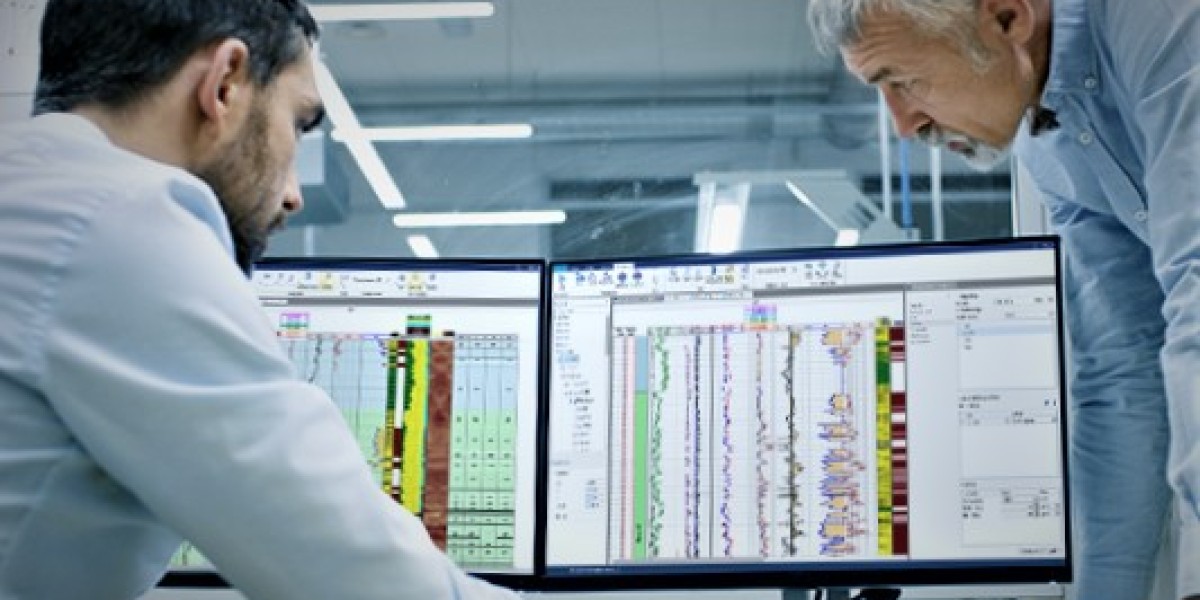When it comes to harnessing renewable energy sources, geothermal energy stands out as a reliable and sustainable option. The utilization of geothermal energy relies on understanding the geothermal reservoirs' characteristics and their behavior beneath the Earth's surface. This is where geothermal petrophysics plays a crucial role. In this article, we will delve into the fascinating world of Geothermal Petrophysics, exploring its significance, methodologies, and its role in unlocking the potential of geothermal energy. So, let's dig deeper and unravel the secrets that lie beneath.
1. Understanding Geothermal Petrophysics
Geothermal Petrophysics is a branch of geophysics that focuses on the study of physical properties and behavior of rocks and fluids within geothermal reservoirs. It involves the analysis and interpretation of various data sources, such as well logs, core samples, and fluid samples, to gain insights into the reservoir's characteristics. By understanding the petrophysical properties, scientists and engineers can determine the feasibility and productivity of geothermal energy extraction.
2. Importance of Petrophysical Analysis in Geothermal Energy
Geothermal Petrophysics is crucial for successful geothermal energy projects. It helps in determining reservoir permeability, porosity, and fluid saturation, which are vital parameters for estimating the geothermal resource potential. With accurate petrophysical data, geoscientists and engineers can optimize drilling and production strategies, reducing operational risks and maximizing energy output.
3. Geothermal Reservoir Characterization
Reservoir characterization is a fundamental aspect of Geothermal Petrophysics. It involves the comprehensive understanding of the reservoir's lithology, mineralogy, and fluid properties. This information is obtained through a combination of geological, geophysical, and petrophysical analyses. By characterizing the reservoir, experts can assess its capacity to sustain long-term energy production and identify potential bottlenecks or risks.
4. Methods and Techniques in Geothermal Petrophysics
Geothermal Petrophysics employs various methods and techniques to gather data and analyze reservoir properties. Well logging, for instance, utilizes specialized tools to measure physical properties like resistivity, density, and sonic velocity. Core analysis involves extracting rock samples from wells and conducting laboratory experiments to determine rock properties, such as permeability and porosity. Other techniques, including geochemical analysis and fluid sampling, help in understanding the fluid composition and characteristics.
5. Log Data Acquisition and Interpretation
Well logging plays a pivotal role in Geothermal Petrophysics. It involves lowering instruments into a wellbore to measure physical properties of rocks and fluids. The acquired data is then interpreted to assess reservoir properties, including lithology, porosity, permeability, and fluid saturation. Advanced logging techniques, such as resistivity imaging and nuclear magnetic resonance, provide detailed information about the subsurface, aiding in resource evaluation and well placement decisions.
6. Core Analysis and Its Relevance
Core analysis is a vital component of geothermal petrophysics, enabling scientists to obtain direct samples of reservoir rocks. These core samples are carefully extracted from wells and analyzed in the laboratory using techniques like thin section microscopy, X-ray diffraction, and scanning electron microscopy. Core analysis provides valuable insights into rock composition, porosity, permeability, and fluid-rock interactions, aiding in reservoir characterization and predicting production behavior.
7. Petrophysical Parameters and Their Significance
Several Geothermal Petrophysics parameters influence the behavior of geothermal reservoirs. Porosity, which measures the volume of void spaces in rocks, affects the storage capacity of fluids. Permeability determines the flow capacity of fluids through rocks. Saturation refers to the fraction of pore space filled with fluids, such as water or steam. Understanding these parameters helps in estimating the reservoir's productivity and its potential for energy extraction.
8. Fluid Identification and Saturation Evaluation
Identifying and evaluating fluid properties within Geothermal Petrophysics reservoirs are crucial tasks in petrophysical analysis. By analyzing fluid samples and utilizing well log data, petrophysicists can determine the presence of water, steam, or other fluids. This information assists in understanding the fluid saturation, which directly impacts the reservoir's energy potential. Accurate fluid identification allows for effective resource management and optimization of production strategies.
9. Thermal Conductivity and Heat Flow Analysis
Thermal conductivity and heat flow analysis are key components of Geothermal Petrophysics. Measuring the thermal properties of rocks helps estimate the geothermal gradient and the movement of heat within the reservoir. These analyses provide insights into the subsurface temperature distribution and assist in predicting the geothermal resource's sustainability and efficiency.
10. Geothermal Petrophysics Applications
Geothermal Petrophysics finds applications in various stages of geothermal energy projects. It assists in resource exploration, reservoir characterization, and wellbore optimization. By leveraging petrophysical data, scientists and engineers can identify the most productive zones for drilling, design efficient heat exchange systems, and monitor reservoir performance over time. The insights gained from geothermal petrophysics contribute to the overall success and sustainability of geothermal energy production.
11. Challenges and Future Perspectives
While Geothermal Petrophysics has significantly advanced our understanding of geothermal reservoirs, challenges persist. The interpretation of complex data sets and the integration of multi-disciplinary information remain areas of ongoing research. Furthermore, the development of innovative techniques for real-time monitoring and predictive modeling holds promise for enhancing reservoir management and optimizing energy production.
Conclusion
Geothermal Petrophysics is an essential discipline for unlocking the potential of geothermal energy. By studying the physical properties and behavior of rocks and fluids within geothermal reservoirs, petrophysicists enable the efficient and sustainable extraction of this renewable resource. With ongoing research and advancements in petrophysical techniques, we can look forward to a future where geothermal energy plays an increasingly significant role in meeting our energy needs.








